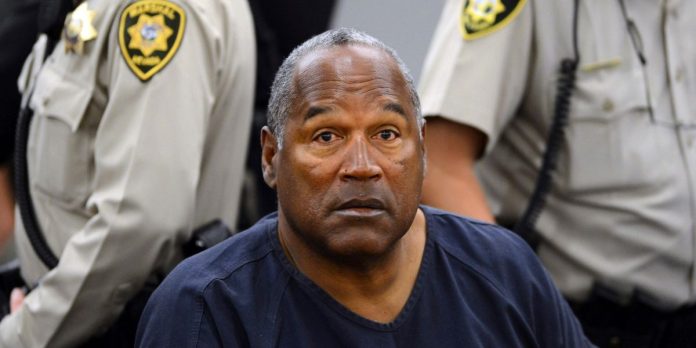Cyclical unemployment and structural unemployment are two distinct types of unemployment that have different impacts on workers and the overall economy. Understanding the differences between these two types of unemployment is crucial for policymakers and individuals alike, as it can help inform strategies to mitigate their negative effects.
Cyclical unemployment refers to the temporary increase in unemployment that occurs during economic downturns or recessions. It is directly linked to the business cycle, which is characterized by periods of expansion and contraction. During economic downturns, businesses may experience a decrease in demand for their products or services, leading to layoffs and job losses. This results in a higher number of individuals actively seeking employment but unable to find jobs.
The impact of cyclical unemployment on workers is often severe. Those who lose their jobs during economic downturns may struggle to find new employment due to the limited job opportunities available. This can lead to financial hardships, increased stress levels, and a decline in overall well-being. Additionally, the longer individuals remain unemployed, the more their skills and qualifications may become outdated, making it even more challenging for them to reenter the workforce once the economy recovers.
From an economic perspective, cyclical unemployment has several negative consequences. As more individuals become unemployed, consumer spending tends to decrease, leading to a decline in aggregate demand. This can further exacerbate the economic downturn as businesses face reduced sales and revenue. Additionally, cyclical unemployment often leads to decreased tax revenues for governments, as fewer individuals are earning income and paying taxes. This can strain public finances and limit the government’s ability to provide essential services and support to those in need.
On the other hand, structural unemployment refers to a more long-term type of unemployment that arises from shifts in the structure of an economy. It occurs when there is a mismatch between the skills and qualifications of workers and the available job opportunities. Structural unemployment can be caused by various factors, such as technological advancements, changes in consumer preferences, or shifts in global trade patterns.
The impact of structural unemployment on workers can be significant. Individuals who are structurally unemployed may find it challenging to secure employment that matches their skills and qualifications. This can lead to prolonged periods of unemployment and underemployment, which can have detrimental effects on individuals’ self-esteem, mental health, and overall quality of life. Additionally, structural unemployment can result in income inequality, as certain industries or occupations become obsolete while others thrive.
From an economic standpoint, structural unemployment poses challenges as well. It can hinder productivity growth and innovation, as workers with specific skills may not be able to find suitable employment. This can limit an economy’s ability to adapt to changing circumstances and take advantage of new opportunities. Moreover, structural unemployment can lead to social and political unrest, as individuals who feel left behind by the changing economy may become disillusioned and frustrated.
In conclusion, cyclical unemployment and structural unemployment are two distinct types of unemployment that have different impacts on workers and the overall economy. While cyclical unemployment is temporary and linked to economic downturns, structural unemployment is more long-term and arises from shifts in the structure of an economy. Both types of unemployment can have severe consequences for individuals and the economy, including financial hardships, decreased consumer spending, and reduced productivity. Policymakers and individuals must understand these differences to develop effective strategies to mitigate the negative effects of unemployment and promote economic stability and growth.

